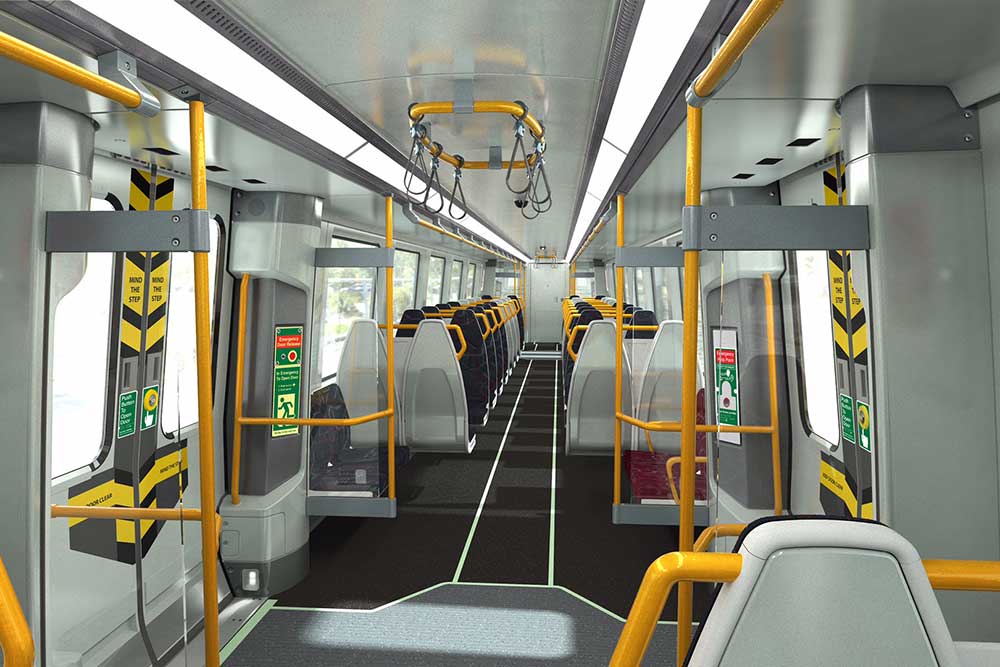
Image: Queensland government.
It’s a planner’s nightmare when the clock is ticking and authorities warn of disasters like overcrowded trains if significant improvements aren’t made on existing systems.
It’s one of the most frustrating ones for railway commuters when hopping on a train that’s just about full and having to squeeze in like sardines, which runs the risk of people fainting, panic attacks or in the worst case scenario, people getting crushed.
It’s a problem that crowd control experts have been looking for ways to mitigate in all sorts of contexts and venues, with trains being a pretty big hotspot, especially at peak hours when people are coming to and from work in the mornings and evenings.
And the Queensland government is warning very strongly about overcrowded trains, especially on one of the state’s busiest railway lines, the South East Queensland line, which the government said will reach capacity in the next decade unless there is investment made in network improvements.
The warning came from the state government’s long-term rail network strategy, ‘Rail Horizon’, from which Minister for Transport Stirling Hinchliffe noted the busiest railway lines will be “overwhelmed” by passenger growth if the state fails to address the region’s rail network capacity and congestion challenges before 2026.
“There will be standing-room only on our commuter trains if we don’t plan for the massive population growth down the track or invest in major projects like Cross River Rail,” Mr Hinchliffe said.
He said the report outlines the projects and solutions to address the region’s rail network capacity and congestion challenges and ensure infrastructure keeps place with growth.
“By 2036, the South East Queensland population is forecast to reach almost 4.9 million people and we need a better rail system to keep pace with growth and provide a better experience for passengers,” Mr Hinchliffe said.
“That’s why the Palaszczuk Government is focused on delivering more seats on mores trains, more stations and shorter journey times for commuters.”
Mr Hinchliffe said the increasing growth corridors in South East Queensland would place pressure on the transport network, particularly where the system converges in the Brisbane CBD.
“Consistent with the State Infrastructure Plan, the strategy released today aims to direct investment to the rail network which will get more efficiency out of existing infrastructure,” he said.
According to Mr Hinchliffe, Cross River Rail, new high capacity signals and longer trains all form part of the plan.
“It’s not just tunnel vision for Brisbane, we’re delivering rail projects to improve access, reliability and increase service frequency across the South East,” he said.





